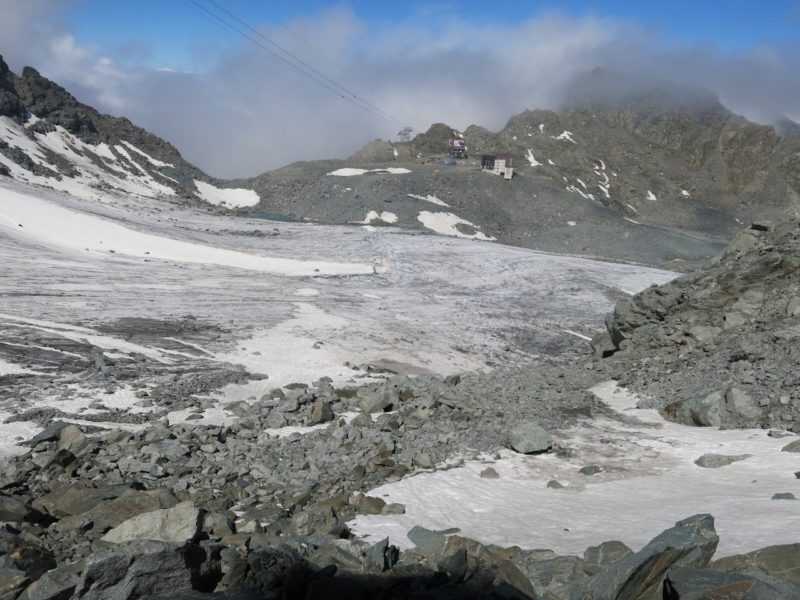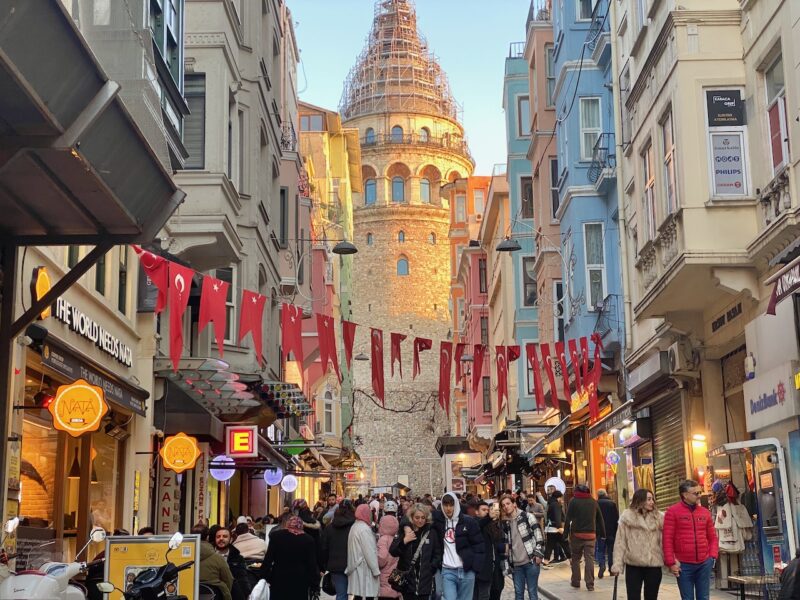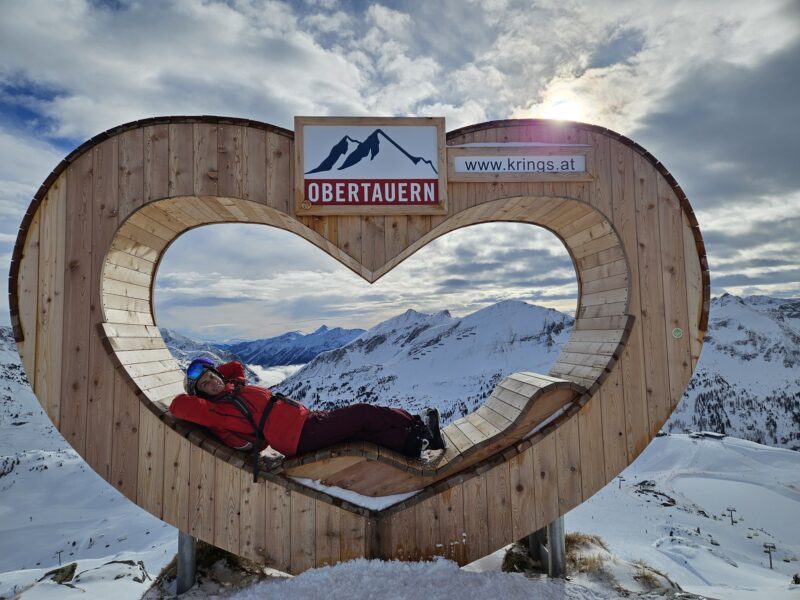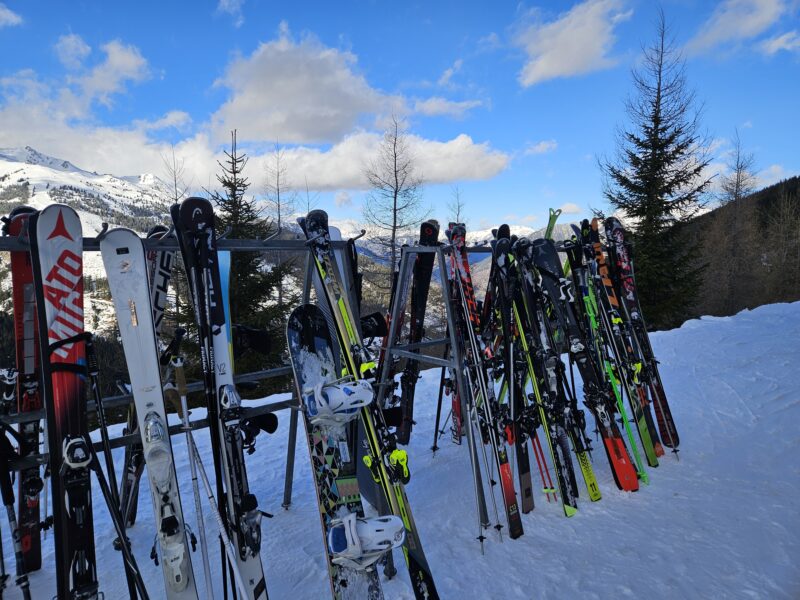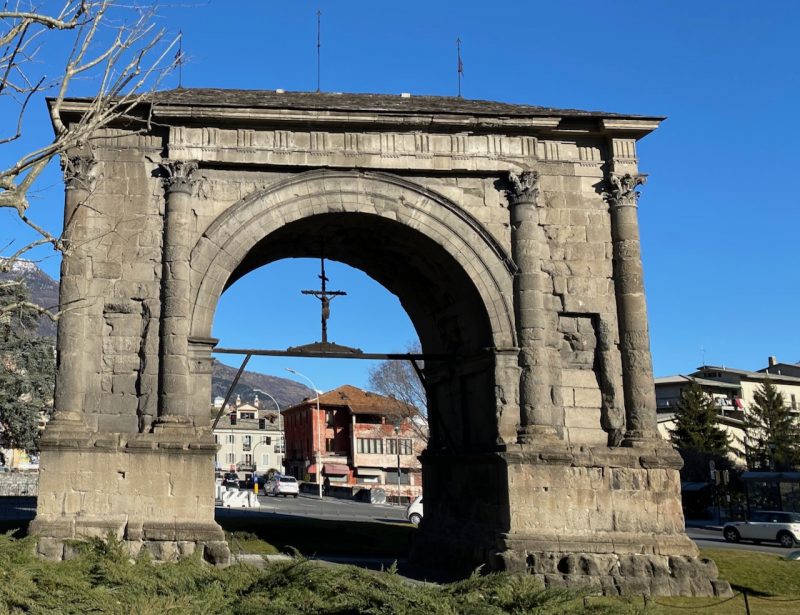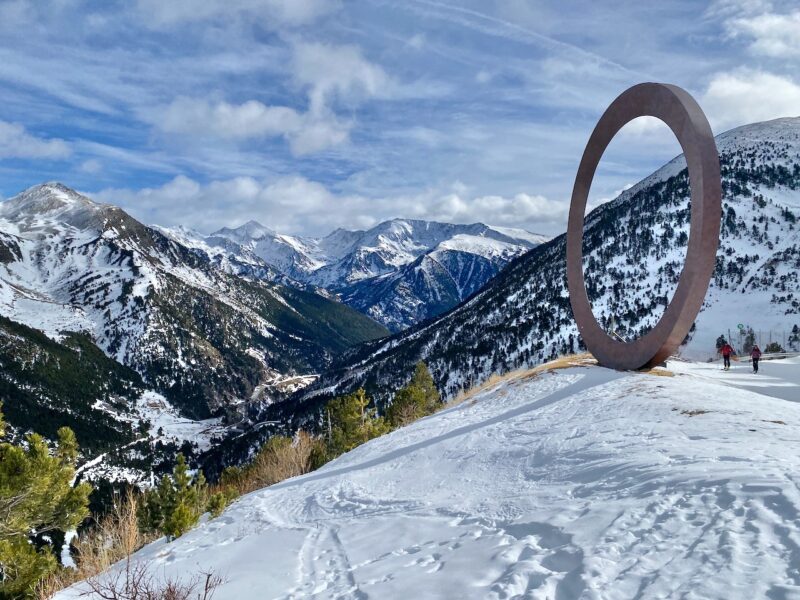Warnings of Further Glacier Collapses as Climate Change Makes Mountains Unstable
5th July 2022
Last modified on July 19th, 2022
In Switzerland scientists are monitoring the mountain above Kandersteg which is moving several meters a year. A new crack has been spotted on the Marmolada glacier in Italy that partially collapsed killing 11 people earlier this month. UPDATED
Glaciers across the world have been melting at an alarming rate in recent years.
In the Alps they are estimated to have lost half their ice volume since 1850 and loss rates have accelerated sharply since the late 1980s.
In the Alps temperatures have increased by around 2C, that is twice the global average.
The area has been described by UN experts as a “climate change hot spot”.
Italy’s state-run CNR research center estimated in 2020 that the Marmolada glacier wouldn’t exist in 25-30 years time.
As glaciers recede they can become unstable and collapse.
The danger is heightened on steeper, high altitude slopes like on the Marmolada.
A new crack appeared on the Marmolada glacier last weekend and it has heightened worries of a further collapse.
The crack is 200m long and 25m deep.
A local mountain guide heard a loud roar and the Alpine Rescue Service deployed a helicopter which spotted the crack.
Between 2004 and 2015 the glacier lost 30% of its volume and 22% of its area.

Marmolada ice collapse. Image c/o Alpine rescue services.
In Switzerland experts are already concerned.
Parts of the mountain above the village of Kandersteg are being closely monitored by a team of geologists.
Dozens of sensors have been installed to monitor the movement of the mountain and it is moving several meters a year – a record in the Alps.
The rate of movement is attributed to global warming.
It is not possible to know when the mountain may collapse, but advanced surveillance systems can ensure an alert will be triggered 48-hours in advance.
That would give enough time to evacuate the area.
See here for our related and updated news article on the tragedy on Marmolada:
The environmental campaig group, Protect Our Winters, blames climate change for the tragedy.
The tragic events at Marmolada in the Italian Dolomites have left 7 climbers dead, many more injured and several missing.
Recent extreme temperatures at the glacier (up to 10 degrees at the summit) contributed to a huge glacier collapse sending debris across the summit route.
— ProtectOurWintersUK (@uk_protect) July 7, 2022
Glaciers rely on below zero temperatures to keep them in place.
When the temperatures rise they become unstable.
The melt water can seep down to the base of the glacier where it clings to the rock.
Many of the glaciers are constantly monitored and we have reported in the past on PlanetSKI of areas being evacuated.
However, it is a new and inexact science.
The Italian Prime Minister, Mario Draghi, said the incident on Marmolada was “without doubt” linked to climate change.
“This is a tragedy that certainly had an element of the unpredictable but is also without doubt linked to the deterioration of the environment and the climate situation,” said Mr Draghi.
He has visited the region and said the government would take measures to prevent another similar tragedy happening.
There is no real detail on what these measures might be.
Last winter saw 70% less snow than normal in the northern Italian mountains.
“Combined with the unusually high temperatures across the region over the summer, glaciers are melting fast,” said Professor Jonathan Bamber, director of the Glaciology Centre at the University of Bristol.
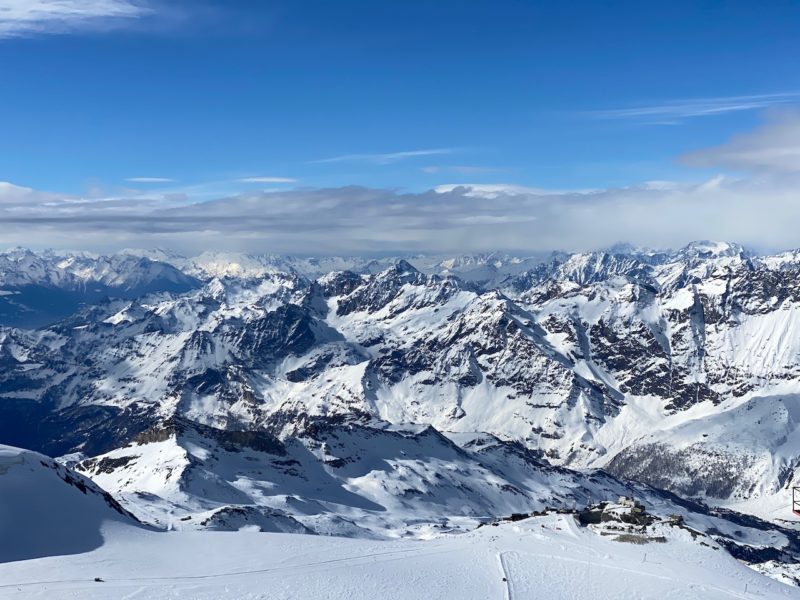
Cervinia, Italy. Image © PlanetSKI
“The Marmolada glacier collapse is a natural disaster linked directly to climate change,” said Poul Christoffersen, professor in glaciology at the University of Cambridge.
“High elevation glaciers, such as the Marmolada, are often steep and relying on cold temperatures below zero degrees Celsius to keep them stable. But climate change means more and more meltwater.”
“Catastrophic glacier collapses such as this are becoming more frequent,” he added.
One measure being taken in places across the Alps is to cover glaciers, but this is impractical on any large scale.
70m long strips of reflective material have been placed over the ice on the Pressena glacier in Italy to try to preserve it.
The tarpaulins were first used on the Presena glacier in 2008 after scientists observed that the glacier in the Italian Alps had lost 70% of its volume in the previous 15 years.
It is now claimed that up to 70% of the snow and ice is saved each summer as the sun’s rays are reflected away.
Scientists first covered 30,000 sq metres when the project began and now 100,000 sq metres is under wraps.
Other glaciers in the Alps have also been covered with some limited success.
#Marmolada #emergency deployment: We are glad to support the Italian Civil Protection with two #radar systems. The #Doppler radar detects #ice #avalanches in #real-time and the interferometric radar monitors the ice #surface with mm-accuracy at day, night and in any weather. pic.twitter.com/c1KfPAoOzO
— GEOPRAEVENT AG (@geopraevent) July 6, 2022
As an another example of the power of an avalanche caused by glacier collapse see this video.
Nine British hikers and one American were on a guided tour of the Tian Shan mountains in Kyrgyzstan when an avalanche came roaring towards them.
For the full story and the fate of the group, who all survived unharmed, see here: July’s Skiing Snippets
Related Articles:
- Glaciers around the world melting faster due to increasing climate change
- Fresh warnings on alpine snow levels
- State of emergency set to be declared in Italy as drought worsens
- Everest base camp set to move due to climate change
- Austrian glaciers set to melt by end of the century
- Skiing, snowboarding and sustainability


